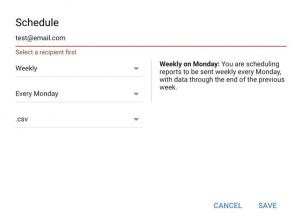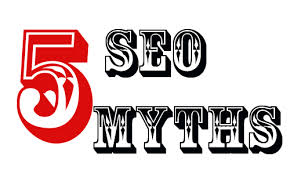 Bear with me a bit and I will explain the odd title of this post. I read an interesting tweet from Moira Geary, who gave herself the moniker of “Recombobulator.” While I had actually heard of this term previously, I was not sure of its exact meaning. Intrigued, I looked up the definition and found it was short and sweet: “The act of putting back into order; removing confusion.”
Bear with me a bit and I will explain the odd title of this post. I read an interesting tweet from Moira Geary, who gave herself the moniker of “Recombobulator.” While I had actually heard of this term previously, I was not sure of its exact meaning. Intrigued, I looked up the definition and found it was short and sweet: “The act of putting back into order; removing confusion.”
While the word recombobulation word is not used all that often, the photo above shows one example. Here is Garrison Keillor’s description: “My heart was gladdened by an official-looking sign in the Milwaukee airport, just beyond the security checkpoint, hanging over where you put your shoes and coat back on and stuff your laptop back in the case: The sign said, ‘Recombobulation Area.’ The English language gains a new word. Recombobulate, America. Pull yourself together, tie your shoelaces, and if your pilot is wearing a button that says ‘To hell with the F.A.A.,’ wait for the next flight.”
Generally, the process is that you first “combobulate” something by taking disparate elements and bringing them out of a state of confusion or disarray. Then, somewhere along the line, things become discombobulated and chaos or inefficiency reigns. This is the point at which it is necessary to recombobulate – to bring things back into order and alignment.
So how does all this apply to B2B marketing? Have you ever experienced a time when you thought everything was going along just fine? You had goals, were achieving these goals and seemed to be appreciated by your colleagues and the executive team. And then something happened to throw you off your stride. In other words, you were discombobulated by an event such as:
Unexpected competitive pressure. This can be a new competitor or an existing competitor that introduces a product that upends the entire category and reduces your awareness, leads and revenue.
New executive or sales leadership. Sometimes, even if you are achieving your stated goals, a new executive decides to go in a different direction. Often, the new strategy doesn’t work as well as the existing strategy, but the new exec feels they must make their mark quickly. This tendency to change what is already working really hurts companies, but it a common occurrence nonetheless.
Pricing changes. A big change in pricing by your company or its competitors can cause a disruption in your strategy and tactics. For example, when a software company offers its products through a paid subscription model instead of an installed licensing model, a transformation is required in how you market, sell and deliver products and services.
Mergers and acquisitions. If your company buys another firm, you are probably going to face minor discombobulation, and if another company buys yours, the changes will be greater – perhaps even massive. As in the case of new leadership, it often isn’t an issue of what is right or wrong, effective or ineffective, because whoever writes the checks gets to make the rules.
Ineffective strategies. As a marketer, this is the one factor that you are responsible for. Let’s face it – what used to work loses its effectiveness over time. If your business is dependent on a personal selling model while your potential customers are educating themselves and buying online, you are going to experience declining results unless you change your strategies and tactics. If you are not using pull marketing, social media and/or content marketing, you may want to investigate how these strategies are generating awareness, leads and revenue.
Sometimes the comfort zone can be a trap, and although the discombobulation process can be painful, the other side (after recombobulation) can be liberating and much more productive. Go forth and recombobulate!
Business Articles | Business 2 Community
(384)
Report Post







